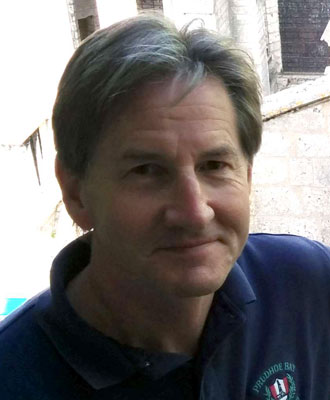Abstract
There is generally a high degree of uncertainty in any attempt to characterize the subsurface. Bayesian methods provide a framework to account for the uncertainty of the prior knowledge and the data and to estimate the uncertainty of the result.
Connolly and Hughes (2016) describe a probabilistic seismic inversion method based on matching large numbers of pseudo-wells. From a Bayesian perspective the pseudowells are samples from the prior distribution. The samples are uncorrelated so, in essence, this is a simple Monte Carlo method. High efficiency is achieved by restricting dimensionality.
The method allows for the inclusion of a wide range of prior data types and for the uncertainty of these data to be specified. This optimizes the balance between the prior data and the seismic. Here we provide further commentary on the method, describe some recent improvements and show more results.
Biography
Patrick Connolly is a consultant geophysicist specializing in seismic reservoir characterization. He retired from BP in 2015 as Senior Advisor for Geophysical Analysis. His primary occupation now is providing training courses for the industry.
Patrick began his career as a data processor and then programmer before a move into analysis and interpretation in exploration and appraisal teams in the North Sea / West of Shetlands, Gulf-of-Mexico and offshore West Africa. During this time he developed the elastic impedance concept, for which he later received the SEG Virgil Kauffman Gold Medal, and was a co-developer of extended elastic impedance. During the latter part of his career Patrick spent time in technology management and R&D project leadership where he developed the seismic net pay method and the probabilistic inversion application ODiSI. Patrick served as a EAGE distinguished lecturer in 2007 and 2018 and a SEG Distinguished Lecturer in 2010. His presentation Probabilistic seismic inversion using pseudo-wells, co-authored by Mark O’Brien, was awarded Best Paper Presented at the 2017 SEG Annual Meeting.






